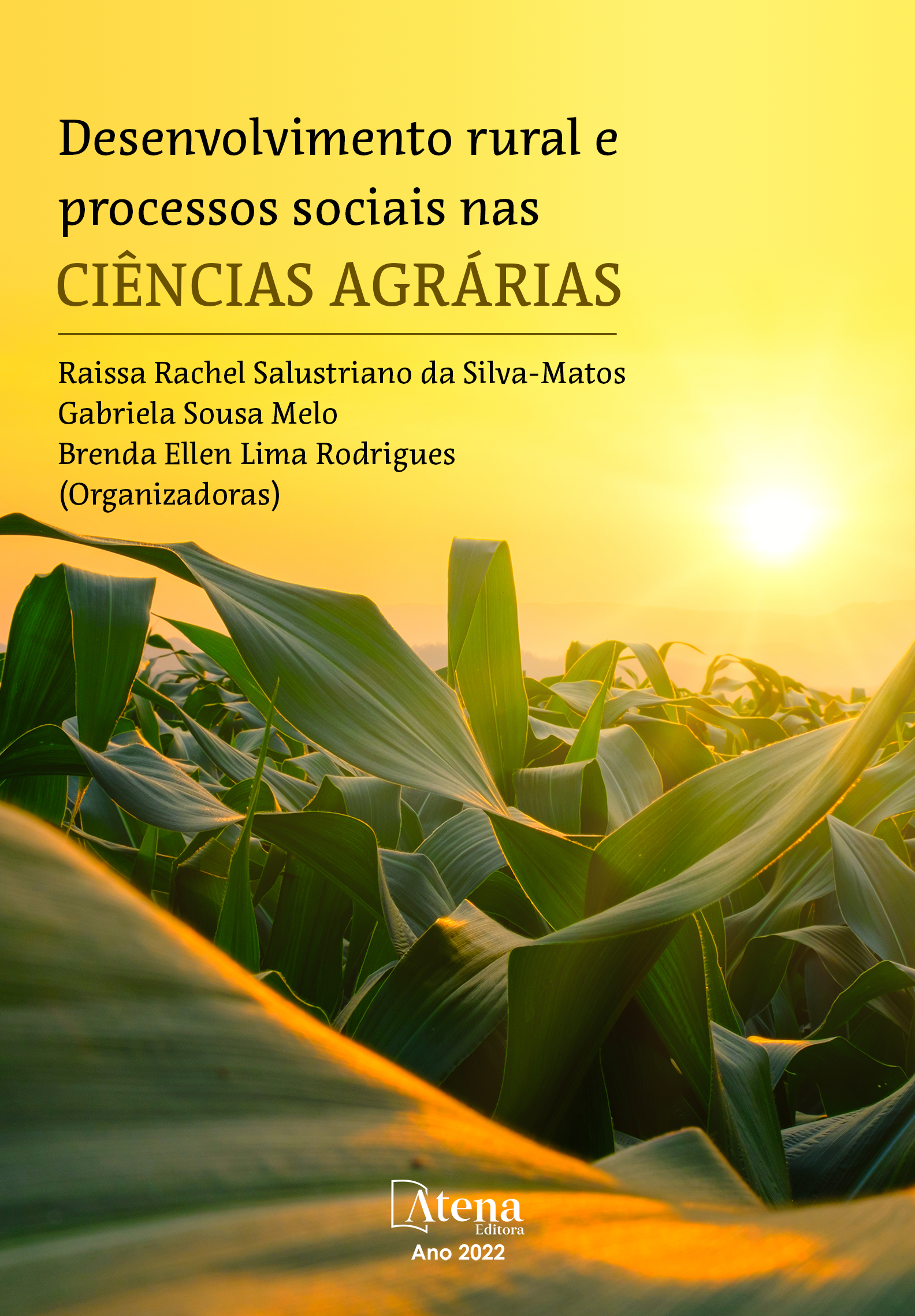
PROPRIEDADES FÍSICAS, COMPOSIÇÃO E TEOR DE ÁGUA EM GRÃOS
As técnicas de produção e manejo dos grãos e sementes despertam grande interesse por parte da pesquisa, uma vez que as sementes são consideradas um insumo de fundamental importância na agricultura. Existem muitas definições para o termo semente, no entanto, do ponto de vista botânico, a semente é descrita como o óvulo fecundado e desenvolvido, contendo o embrião e protegida pelo tegumento. O conhecimento acerca das propriedades físicas das sementes, como o teor de água, é imprescindível para a assertividade do momento ideal de colheita, a fim de obtê-las com qualidade adequada. As sementes apresentam elevado teor de água, que pode variar de 70 a 80%, e, este fator se torna essencial no que tange a maturidade fisiológica e consequente ponto de colheita das espécies. Por este motivo, a assertividade do momento ideal de colheita é imprescindível para obtenção de sementes de boa qualidade. A fim de conservar os grãos e sementes após a colheita, é realizado o procedimento de secagem, a fim de possibilitar o armazenamento de forma segura para o consumo ou processamento industrial. A secagem também pode promover alterações nas características físicas em função da redução do teor de água nas sementes. Devido a isso, a contração volumétrica é uma das principais causas das alterações das principais propriedades físicas dos produtos agrícolas após a secagem. Neste contexto, o objetivo desta revisão é proporcionar o conhecimento sobre a caracterização anatômica-fisiológica dos grãos e sementes, bem como descrever algumas propriedades físicas dos grãos, compreendendo o teor de água nestes e, por fim, a secagem e sua influência nas propriedades físicas dos grãos. Acredita-se que esse documento servirá de apoio para estudantes da área da agronomia e engenharia agrícola, uma vez que são áreas que objetivam otimizar processos e potencializar os recursos aplicando conhecimentos técnicos para o ambiente rural.
PROPRIEDADES FÍSICAS, COMPOSIÇÃO E TEOR DE ÁGUA EM GRÃOS
-
DOI: 10.22533/at.ed.64622310121
-
Palavras-chave: Contração volumétrica. Conservação de grãos. Secagem e beneficiamento. Ponto de colheita. Maturidade fisiológica.
-
Keywords: Volumetric contraction. Grain conservation. Drying and processing. Harvest point. Physiological maturity.
-
Abstract:
The techniques of production and handling of grains and seeds arouse great interest on the part of research, since seeds are considered an input of fundamental importance in agriculture. There are many definitions for the term seed, however, from a botanical point of view, the seed is described as the fertilized and developed egg, containing the embryo and protected by the integument. Knowledge about the physical properties of seeds, such as water content, is essential for the assertiveness of the ideal harvest time, in order to obtain them with adequate quality. The seeds have a high water content, which can vary from 70 to 80%, and this factor becomes essential with regard to physiological maturity and consequent harvest point of the species. For this reason, the assertiveness of the ideal harvest time is essential to obtain good quality seeds. In order to preserve the grains and seeds after harvesting, the drying procedure is carried out, in order to enable safe storage for consumption or industrial processing. Drying can also promote changes in physical characteristics due to the reduction of water content in the seeds. Because of this, volumetric shrinkage is one of the main causes of changes in the main physical properties of agricultural products after drying. In this context, the objective of this review is to provide knowledge about the anatomical-physiological characterization of grains and seeds, as well as to describe some physical properties of grains, including the water content in them and, finally, drying and its influence on physical properties of the grains. It is believed that this document will serve as support for students in the field of agronomy and agricultural engineering, since they are areas that aim to optimize processes and leverage resources by applying technical knowledge to the rural environment.
-
Número de páginas: 15
- Cristiano Tonet
- Júlia Letícia Cassel
- Tamara Gysi
- Bruna Dalcin Pimenta
- Bruna Eduarda Kreling


